Mosque shows that Muslims have long been a part of New York
Evidence is coming to light that Muslims not only lived in Little Syria but worshiped there, too, in a mosque
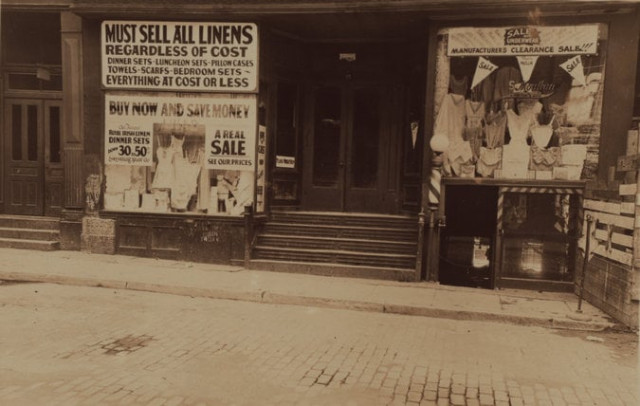
One of New York's first mosques operated out of 17 Rector Street, seen in 1930, once in the heart of the Little Syria neighborhood downtown. PHOTO: PERCY SPERR
Neighbours.
Historians have long known about Little Syria, a flourishing community in Lower Manhattan, south of what is now the World Trade Center. But most evidence, including the landmark former St George’s Syrian Catholic Church, spoke to its having been an overwhelmingly Christian enclave.
America's Muslims object to Obama's push for more self-surveillance
Today, evidence is coming to light that Muslims not only lived in Little Syria but worshiped there, too, in a mosque — or masjid — on Rector Street, between Greenwich and Washington Streets (just around the corner from St George’s).
“Muslims are not a recent, foreign intrusion that should generate fear, but are an ever-present feature of the American — and specifically New York — fabric,” said Todd Fine, president of the Washington Street Historical Society and a doctoral candidate in history at the City University of New York.
“Most Americans identify with iconic stories of ethnic immigration,” Mr Fine said. “The Rector Street mosque in Little Syria offers an elegant way to show that Muslims also belong.”
A tantalizing description is found in the files of The New York Sun newspaper.
“While the voice of the muezzin, calling the faithful to prayer, is never heard in New York, nevertheless the Mohammedan form of worship is carried on here,” The Sun told its readers on February 25, 1912.
'Go to hell’: Trump under fire over Muslim ban call
The newspaper’s office was 16 blocks from a six-story building, the Oriental, at 17 Rector Street. “There is nothing about the building to indicate that here is a temple where gather those who believe in Allah and Muhammad (pbuh),” The Sun said.
There was certainly something — a barber pole — to indicate that here was a shop where gather those looking for a shave and a haircut. Above the basement barbershop, lacy undergarments were displayed in the Moutran family store.
Upstairs, on the third floor, was a suite of rooms, including an apartment, rented by the consulate general of the Ottoman Empire for the use of Mehmed Ali Effendi, an imam and an attaché to the Ottoman Embassy in Washington. From his conventional streetwear, The Sun said, “You might mistake him for a German scholar.”
Beginning in 1910, the imam had promoted greater adherence to religious practices among the city’s Muslims, the newspaper said.
“In the Rector Street masjid, the same ceremonies are prescribed for entrance as rule at mosques,” the newspaper said. “You have to remove your shoes and wash your arms, face and feet.” It was for men only. Extra services were held on Sundays for those whose work kept them from the Friday congregational prayer.
'Gay boy' living opposite a mosque in London tackles Islamophobia in viral post
“The chapel consists of two rooms, soberly furnished,” The Sun said. “One of the rooms is the sanctuary and the other is the audience room. As the worshipers say their prayers standing, it often holds as many as from 75 to 100.”
However, on the feasts of Eidul Fitr and Eidul Asha, which the newspaper called by their Turkish names, the crowd spilled into the imam’s private rooms.
Patrick D Bowen described the masjid as “one of the earliest immigrant mosques in the US” in his new book, “A History of Conversion to Islam in the United States, Volume 1.”
In a three-volume 1897 account, “The American Metropolis: From Knickerbocker Days to the Present Time,” Frank Moss said there were about 600 Muslims in New York City and that they were planning to erect a mosque.
Nothing more was heard of their effort, Linda K Jacobs wrote in her new book, “Strangers in the West: The Syrian Colony of New York City, 1880-1900.”
She said the most convincing aspect of the 1912 article was a mention of Turkish students at Columbia being among the imam’s charges, implying that the masjid “really was a place of worship attracting people from other parts of the city.”
Severed pig’s head thrown at US mosque door
Given the imam’s affiliation with the Ottoman government, it is difficult to say where politics left off and worship began at 17 Rector Street — if such a distinction can even be made. It is also potentially misleading to assume that the “Turks” or “Syrians” described by writers 100 years ago, when the Ottoman Empire existed, correspond exactly to those nationalities today.
What happened to the masjid is unclear, though the building lasted until the mid-1950s, when it was torn down to expand a skyscraper at Rector and Greenwich Streets that is now the Greenwich Club Residences. Its site is marked by a Dunkin’ Donuts shop and the storefront law office of Jeffrey E Levine.
Despite all the unknowns, students of Little Syria are pleased to have expanded their understanding of the quarter.
“This story could finally be the missing key that we have been looking for,” said Carl Antoun, the collections director of the Washington Street Historical Society. “This solidifies the notion that Muslims and Christians were living side by side, not only in Lebanon and Syria but in Lower Manhattan, as well.”
This article originally appeared on The New York Times, a partner of The Express Tribune.

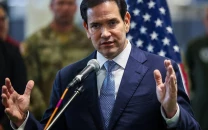
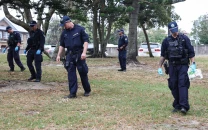
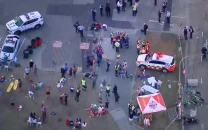

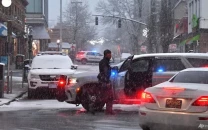
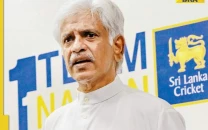
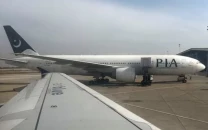

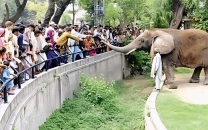
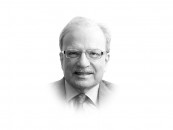
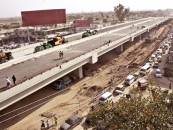
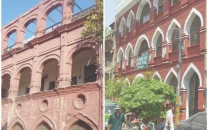
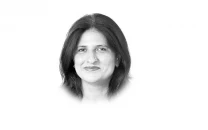


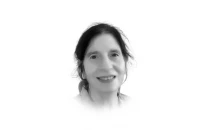


COMMENTS
Comments are moderated and generally will be posted if they are on-topic and not abusive.
For more information, please see our Comments FAQ